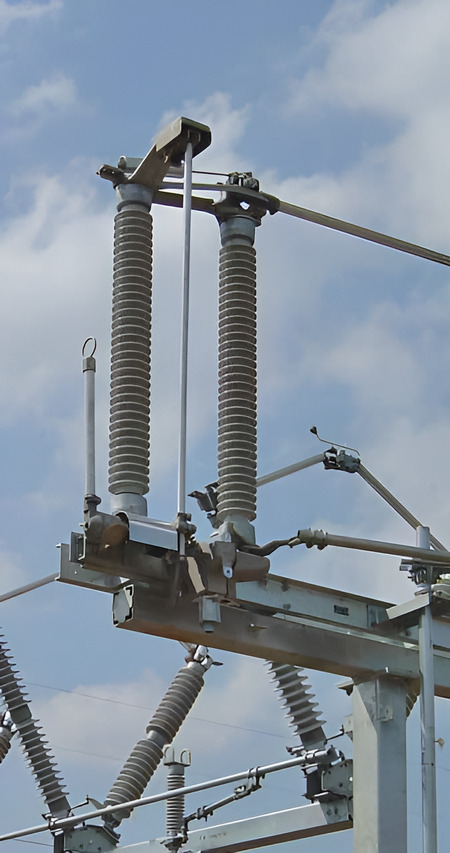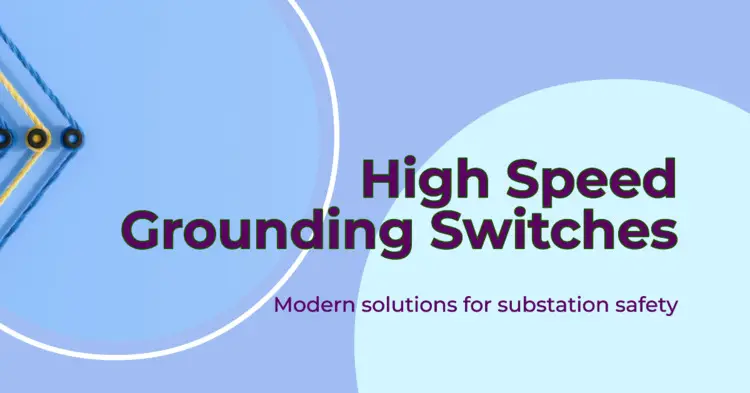In the complex world of electrical substations and power distribution, ensuring the safety and reliability of substation equipment is paramount. One crucial component in this equation is the high-speed grounding switch. In this article, we’ll explore what high-speed grounding switches are, how they function, and why they are vital in the realm of electrical substation protection.

Understanding the Role of High-Speed Grounding Switches
High-speed grounding switches come into play when the cost of implementing other protective equipment is deemed excessive, and the system can tolerate the disruption they create. These switches are primarily designed to protect power transformers, a vital part of electrical substations, from potentially damaging faults.
The Mechanism Behind High-Speed Grounding Switches
The hallmark of high-speed grounding switches is their ability to actuate swiftly. This speed is achieved by discharging a spring mechanism, allowing for rapid operation. When a fault occurs, the grounding switch deliberately creates a ground fault on one phase of the high-voltage bus supplying power to the transformer. This disrupts the typically balanced three-phase system and causes the remaining two phases to shift by 180 degrees relative to each other.
Remote Detection and Protection Relaying
To detect this system imbalance and respond promptly, protective relaying equipment is utilized. This equipment triggers the transmission line breakers at the remote end of the line supplying power to the transformer, thereby opening the circuit to clear the fault. However, this action also results in a voltage interruption to other loads connected between the remote circuit breakers and the power transformer, accompanied by a transient spike that can shorten the transformer’s useful life.
Comprehensive System Integration
In many cases, a high-speed ground switch is part of a broader system that includes a motor-operated disconnect switch and a relay system for bus voltage sensing. The relay system’s logic enables the operation of the motor-operated disconnect switch when there is no voltage on the transmission line. This automatic isolation of the faulted power transformer allows for reclosing operations of the remote breakers, restoring service to the transmission line and all other loads supplied by it.
Considerations for Implementation
It’s essential to note that the effectiveness of the grounding switch scheme depends on the source transmission line’s relay protection system’s ability to recognize and clear the fault by opening the remote circuit breaker. Because the fault levels are typically not within the range for instantaneous trip responses, clearing times may be longer. This extended trip time can place additional stress on the protected equipment, which must be taken into account when considering this method for power transformer protection.
When and Why to Choose High-Speed Grounding Switches
High-speed grounding switches are typically chosen when the relative fault levels are low. This mitigates the risk of significant damage to the power transformer due to extended trip times. It’s a cost-effective solution that can be employed when other protective measures might not be justified.
In conclusion, high-speed grounding switches play a critical role in the protection of power transformers within electrical substations. Their ability to swiftly respond to faults and maintain the integrity of the electrical system makes them a valuable component in the world of electrical engineering.
Whether it’s safeguarding against faults, ensuring the reliability of power distribution, or mitigating risks, high-speed grounding switches are a valuable tool for electrical engineers and substation operators to consider.






